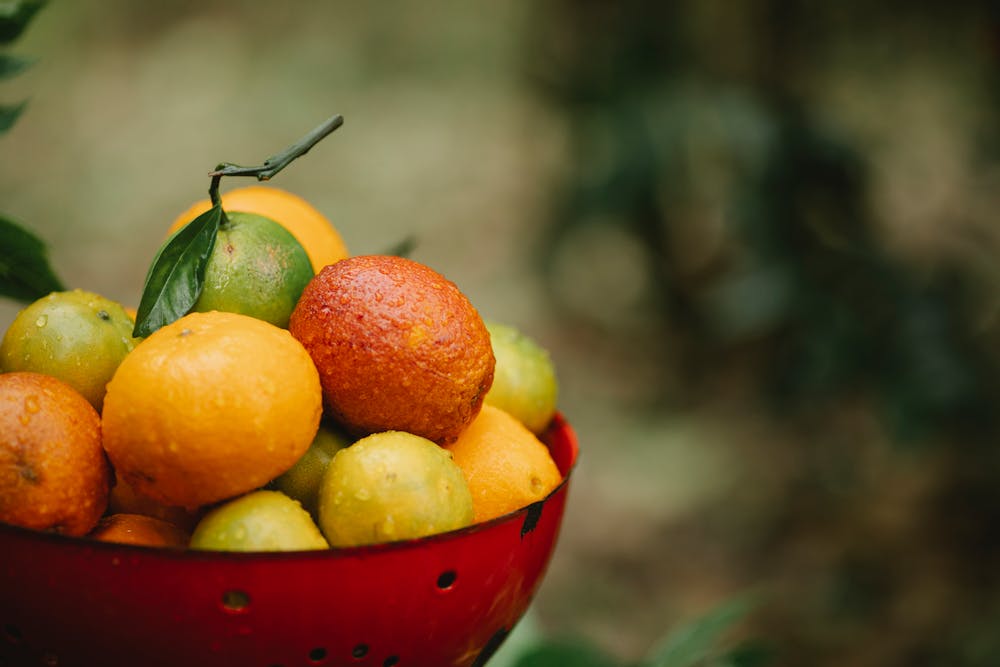Incorporating whole grains into my diet has been a game-changer, enriching my meals with essential nutrients and vibrant flavors. Whole grains, known for their abundance of fiber, vitamins, minerals, and antioxidants, form the foundation of a nourishing and balanced diet. In this guide, I’ll share insights and practical tips on how to incorporate whole grains into daily meals, making the most of their nutritional benefits and culinary versatility.
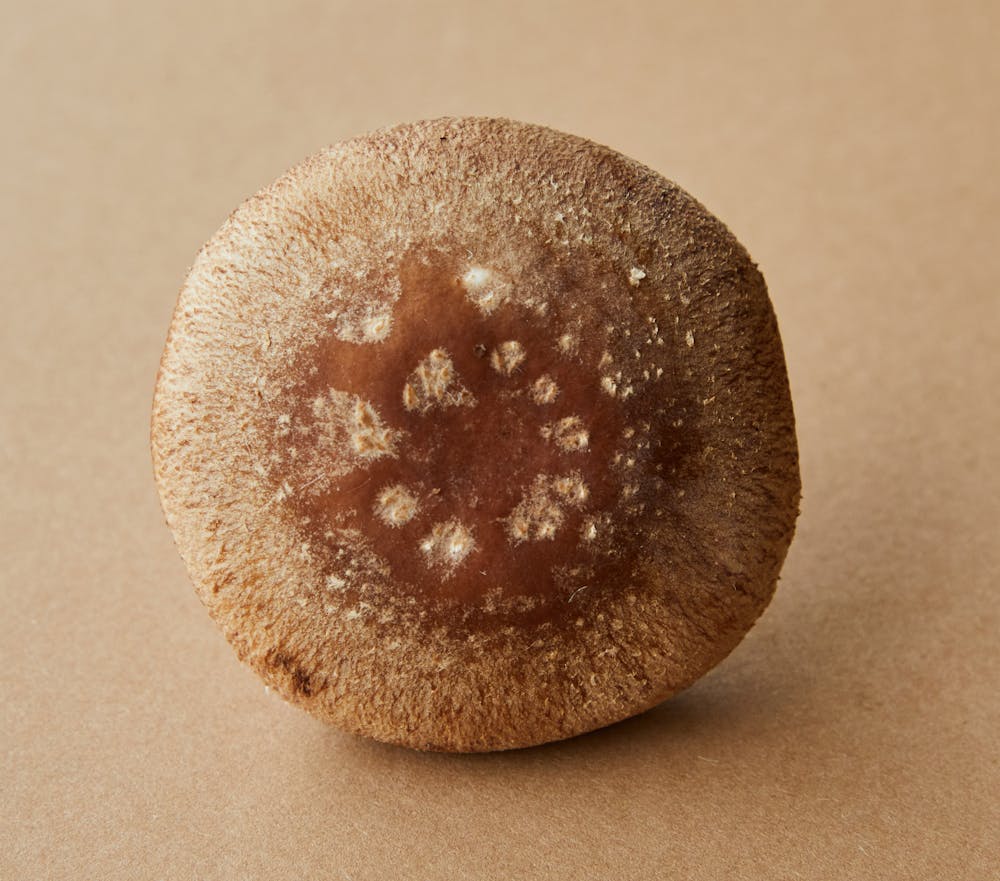 **1. Understanding Whole Grains:**
**1. Understanding Whole Grains:**
Whole grains are grains that contain all parts of the grain kernel—the bran, germ, and endosperm—retaining valuable nutrients and fiber. Examples of whole grains include brown rice, quinoa, oats, barley, millet, buckwheat, and whole wheat. Unlike refined grains, which undergo processing that strips away nutrients and fiber, whole grains offer a wealth of health-promoting compounds that support overall well-being.
 **2. Nutritional Benefits:**
**2. Nutritional Benefits:**
Whole grains are nutritional powerhouses, packed with fiber, protein, vitamins, minerals, and antioxidants. Fiber, found abundantly in whole grains, supports digestive health, promotes satiety, and helps regulate blood sugar and cholesterol levels. Additionally, whole grains provide essential nutrients such as B vitamins, magnesium, iron, and zinc, which are vital for energy metabolism, immune function, and overall vitality.
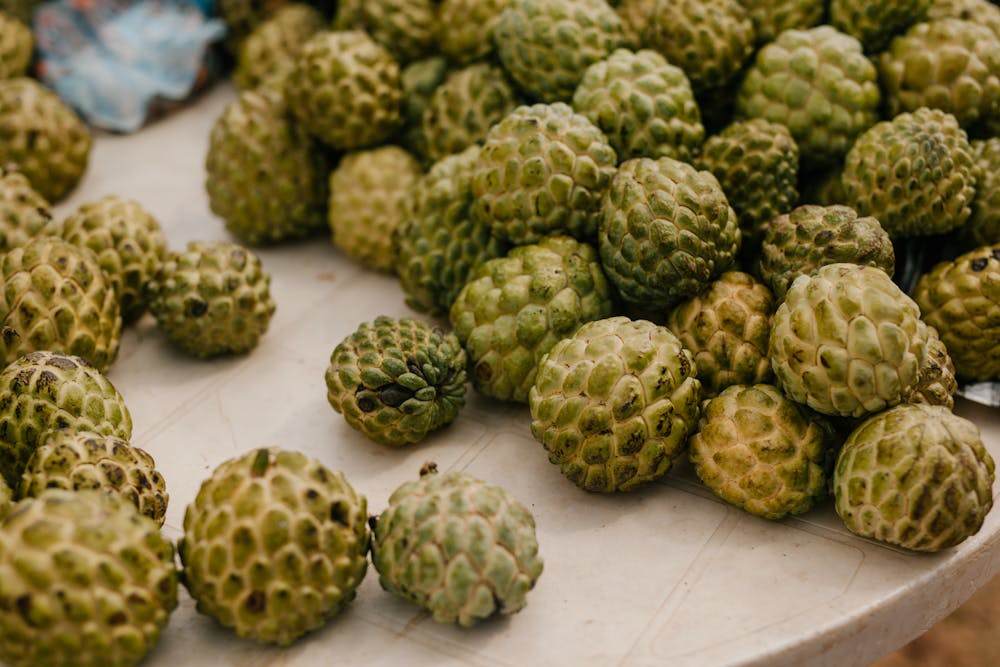 **3. Tips for Incorporating Whole Grains:**
**3. Tips for Incorporating Whole Grains:**
– Start your day with whole grain breakfast options such as oatmeal, whole grain toast, or quinoa porridge.
– Swap refined grains for whole grains in your favorite recipes, such as using brown rice instead of white rice or whole wheat pasta instead of refined pasta.
– Experiment with diverse whole grains to add variety to your meals, such as trying farro, bulgur, or sorghum in salads, soups, or grain bowls.
– Incorporate whole grain flours into baking recipes for bread, muffins, pancakes, and cookies to boost fiber and nutrient content.
– Explore international cuisines that feature whole grains prominently, such as Middle Eastern tabbouleh with bulgur or Asian stir-fries with brown rice or quinoa.
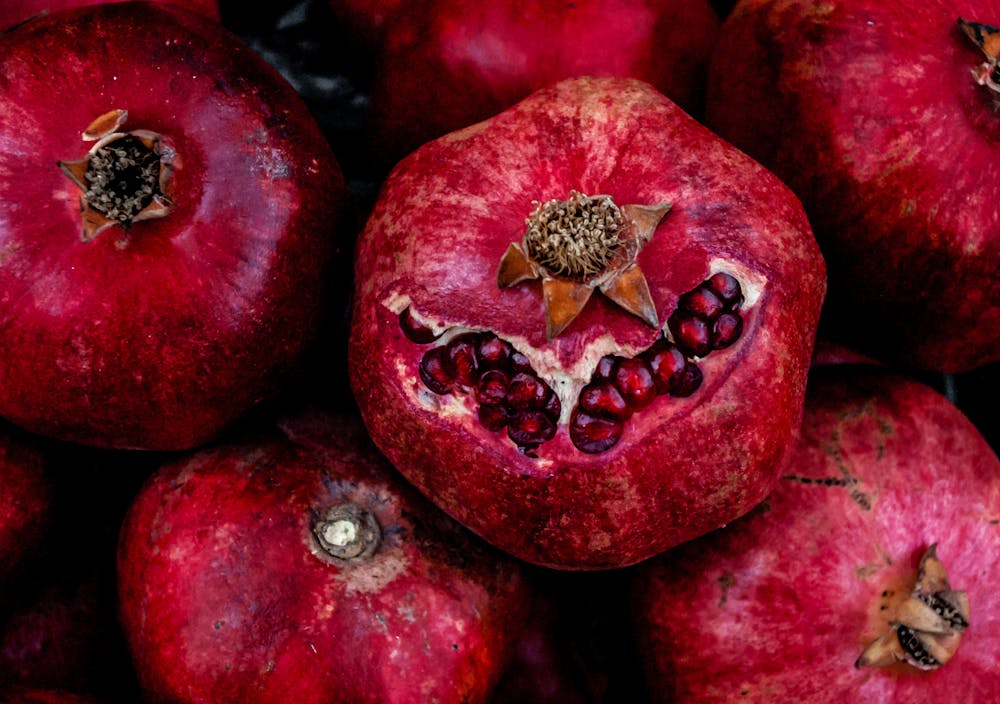 **4. Cooking and Preparation Tips:**
**4. Cooking and Preparation Tips:**
– Cook whole grains according to package instructions, using water or broth for added flavor.
– Consider soaking grains like quinoa or millet before cooking to improve digestibility and texture.
– Toasting whole grains before cooking can enhance their nutty flavor and aroma.
– Batch cook whole grains in advance and store them in the refrigerator or freezer for convenient meal prep and quick assembly during busy days.
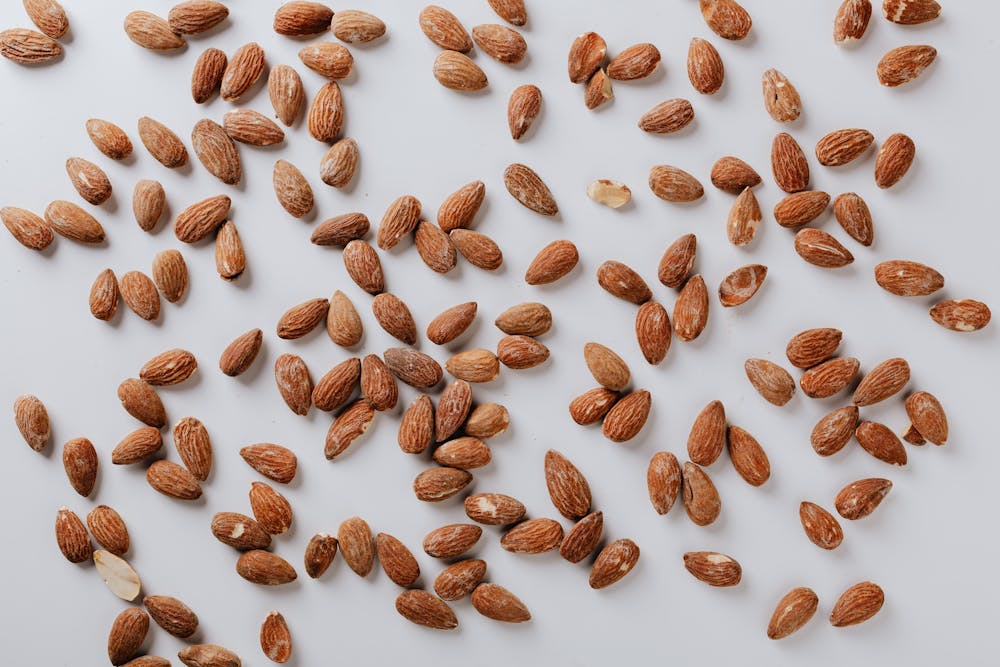 **5. Pairing Whole Grains with Complementary Foods:**
**5. Pairing Whole Grains with Complementary Foods:**
Combine whole grains with a variety of vegetables, fruits, legumes, nuts, seeds, and lean proteins to create balanced and satisfying meals. Pairing whole grains with foods rich in vitamin C, such as bell peppers or citrus fruits, can enhance iron absorption, while adding healthy fats from sources like avocado or olive oil can boost satiety and flavor.
 In conclusion, incorporating whole grains into my diet has been a delicious and rewarding experience, enriching my meals with texture, flavor, and nutritional goodness. By embracing the diverse array of whole grains available and experimenting with creative cooking techniques and recipes, I’ve discovered a world of culinary possibilities that nourish both body and soul. With whole grains as a staple in my kitchen, I’m empowered to make nutritious choices that support my health and well-being for years to come.
In conclusion, incorporating whole grains into my diet has been a delicious and rewarding experience, enriching my meals with texture, flavor, and nutritional goodness. By embracing the diverse array of whole grains available and experimenting with creative cooking techniques and recipes, I’ve discovered a world of culinary possibilities that nourish both body and soul. With whole grains as a staple in my kitchen, I’m empowered to make nutritious choices that support my health and well-being for years to come.
